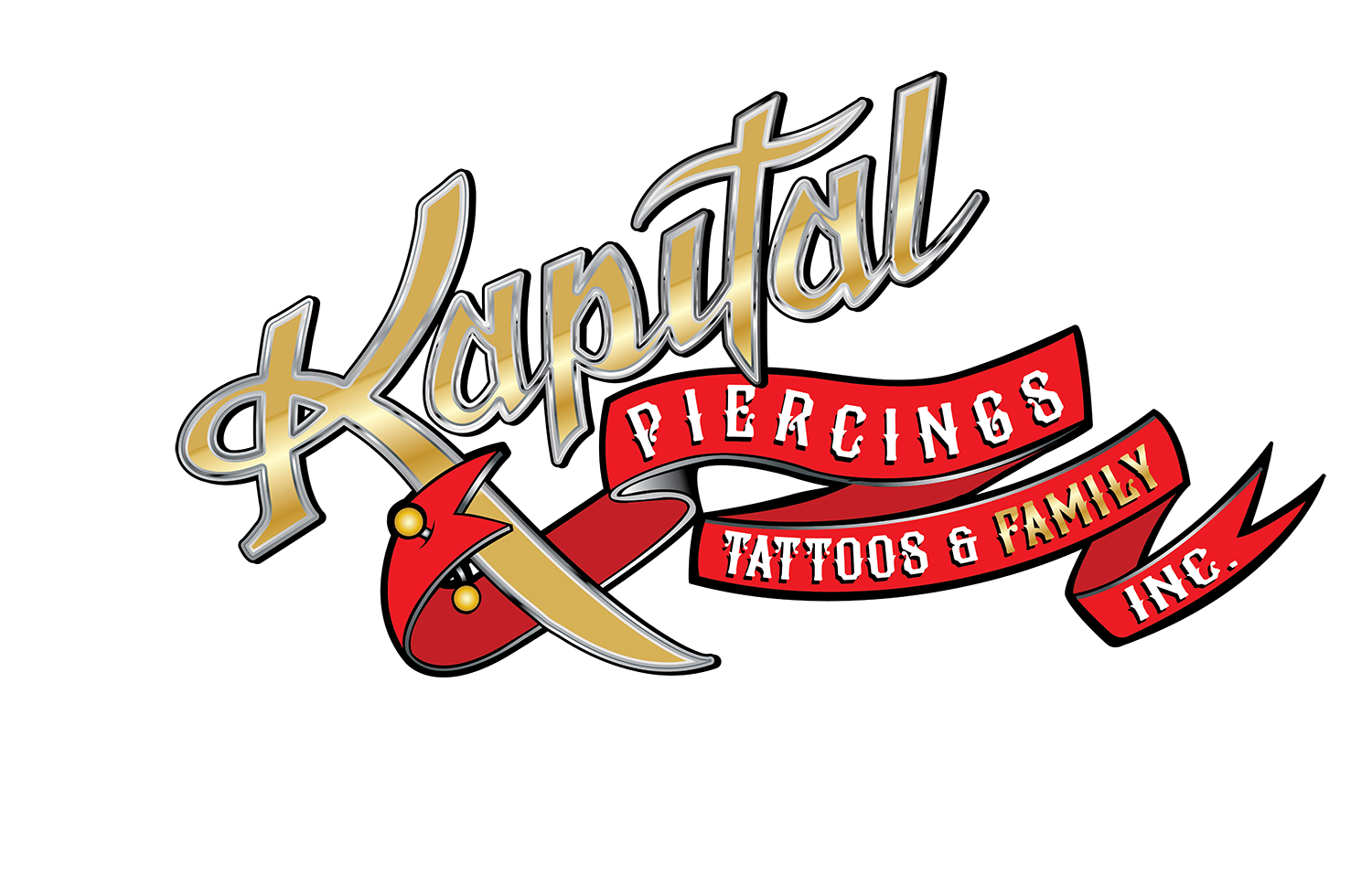A Piercee’s Bill of Rights
YOU HAVE THE RIGHT TO KNOW:
To be pierced in a hygienic environment by a clean, conscientious, piercer wearing a fresh pair of disposable medical examination gloves.
To be pierced with a brand new, completely sterilized single-use needle that is immediately disposed of in a medical Sharps container after use on one piercing.
To be touched only with freshly sterilized and appropriate implements, properly used and disposed of or re-sterilized (where appropriate) in an autoclave prior to use on anyone else.
To know that piercing guns are NEVER appropriate, and are often dangerous when used on anything — including earlobes.
To the peace of mind that comes from knowing that their piercer knows and practices the very highest standards of sterilization and hygiene.
To a have a knowledgeable piercer evaluate and discuss appropriate piercings and jewelry for her/his individual anatomy and lifestyle.
To be fully informed of all risks and possible complications involved in his/her piercing choice before making any decisions.
To seek and receive a second opinion either from another piercer within the studio or from another studio.
To have initial piercings fitted with jewelry of appropriate size, material, design, and construction to best promote healing. Gold-plated, gold-filled or sterling silver jewelry is never appropriate for any new or unhealed piercing.
To see pictures, be given a tour of the piercing studio, and to have all questions fully and politely answered before making or following through on any decision.
To be fully informed about proper aftercare, both verbally and in writing, and to have continuing access to the piercer for assistance throughout the healing process.
To be treated with respect, sensitivity and knowledge regardless of gender, sexual orientation, race, religion, ethnicity, ability, health status or piercing choice.
To change her/his mind, halt the procedure and leave at any point if the situation seems uncomfortable or improper.
CLEANING INSTRUCTIONS FOR BODY PIERCINGS
• WASH your hands thoroughly prior to cleaning or touching your piercing for any reason.
• SALINE soak for five to ten minutes once or more per day. Invert a cup of warm saline solution over the area to form a vacuum. For certain piercings it may be easier to apply using clean gauze or paper towels saturated with saline solution. A brief rinse afterward will remove any residue.
• SOAP no more than once or twice a day. While showering, lather up a pearl size drop of the soap to clean the jewelry and the piercing. Leave the cleanser on the piercing no more than thirty seconds.
• RINSE thoroughly to remove all traces of the soap from the piercing. It is not necessary to rotate the jewelry through the piercing.
• DRY by gently patting with clean, disposable paper products. Cloth towels can harbor bacteria and snag on jewelry, causing injury.
WHAT IS NORMAL?
• Initially: some bleeding, localized swelling, tenderness, or bruising.
• During healing: some discoloration, itching, secretion of a whitish-yellow fluid (not pus) that will form some crust on the jewelry. The tissue may tighten around the jewelry as it heals.
• Once healed: the jewelry may not move freely in the piercing; do not force it. If you fail to include cleaning your piercing as part of your daily hygiene routine, normal but smelly bodily secretions may accumulate.
• A piercing may seem healed before the healing process is complete. This is because tissue heals from the outside in, and although it feels fine, the interior remains fragile. Be patient, and keep cleaning throughout the entire healing period.
• Even healed piercings can shrink or close in minutes after having been there for years! This varies from person to person; if you like your piercing, keep jewelry in—do not leave it empty.
WHAT TO DO
• Wash your hands prior to touching the piercing; leave it alone except when cleaning. During healing, it is not necessary to rotate your jewelry.
• Stay healthy; the healthier your lifestyle, the easier it will be for your piercing to heal. Get enough sleep and eat a nutritious diet. Exercise during healing is fine; listen to your body.
• Make sure your bedding is washed and changed regularly. Wear clean, comfortable, breathable clothing that protects your piercing while you are sleeping.
• Showers tend to be safer than taking baths, as bathtubs can harbor bacteria. If you bathe in a tub, clean it well before each use and rinse off your piercing when you get out.
WHAT TO AVOID
• Avoid cleaning with Betadine®, Hibiciens®, alcohol, hydrogen peroxide, Dial® or other harsh soaps, as these can damage cells. Also avoid ointments as they prevent necessary air circulation.
• Avoid Bactine®, pierced ear care solutions and other products containing Benzalkonium Chloride (BZK). These can be irritating and are not intended for long term wound care.
• Avoid over-cleaning. This can delay your healing and irritate your piercing.
• Avoid undue trauma such as friction from clothing, excessive motion of the area, playing with the jewelry, and vigorous cleaning. These activities can cause the formation of unsightly and uncomfortable scar tissue, migration, prolonged healing, and other complications.
• Avoid all oral contact, rough play, and contact with others' bodily fluids on or near your piercing during healing.
• Avoid stress and recreational drug use, including excessive caffeine, nicotine, and alcohol.
• Avoid submerging the piercing in unhygenic bodies of water such as lakes, pools, hot tubs, etc. Or, protect your piercing using a waterproof wound-sealant bandage (such as 3M™ Nexcare™ Clean Seals). These are available at most drugstores.
• Avoid all beauty and personal care products on or around the piercing including cosmetics, lotions, and sprays, etc.
• Don't hang charms or any object from your jewelry until the piercing is fully healed.
